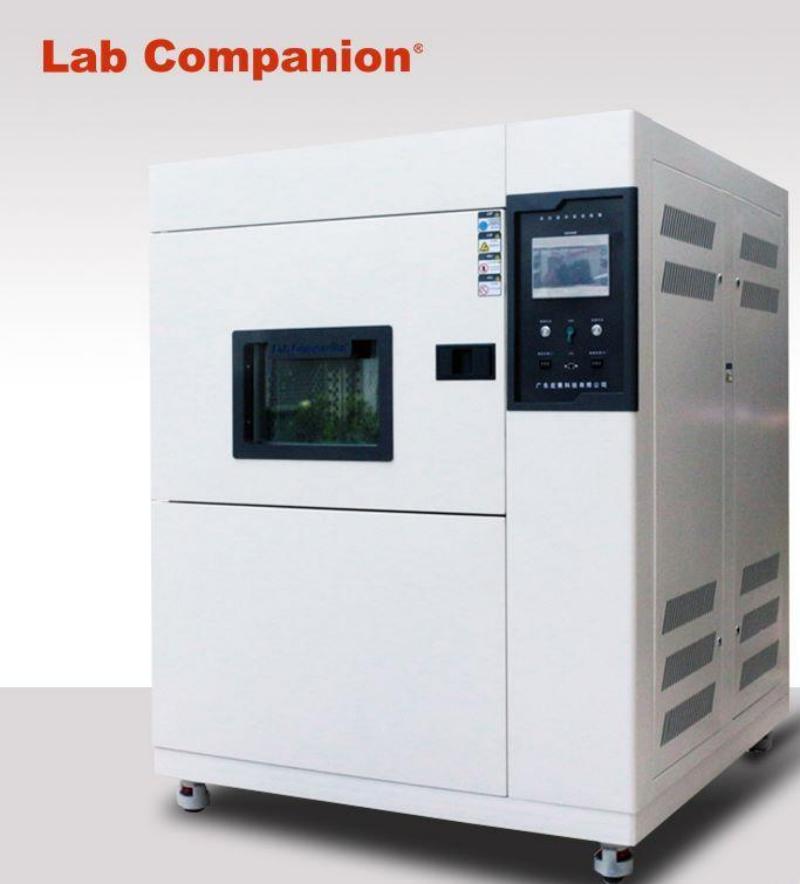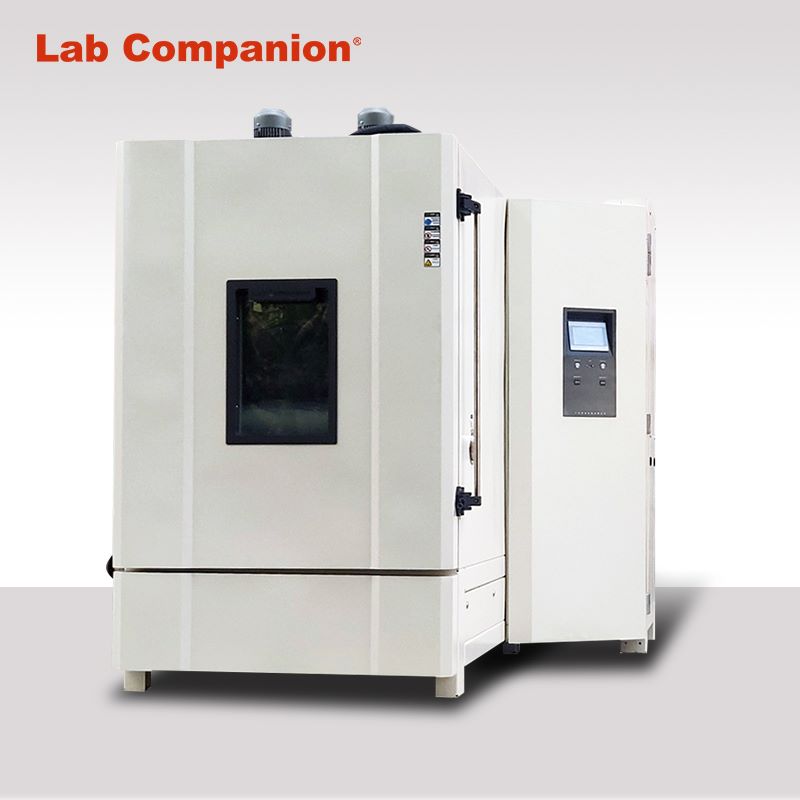November 20, 2024
Thermal Cycling Test(TC) & Thermal Shock Test(TS)
Thermal Cycling Test(TC):
In the life cycle of the product, it may face various environmental conditions, which makes the product appear in the vulnerable part, resulting in product damage or failure, and then affect the reliability of the product.
A series of high and low temperature cycling tests are done on the temperature change at the temperature variation rate of 5~15 degrees per minute, which is not a real simulation of the actual situation. Its purpose is to apply stress to the test piece, accelerate the aging factor of the test piece, so that the test piece may cause damage to the system equipment and components under environmental factors, in order to determine whether the test piece is correctly designed or manufactured.
Common ones are:
Electrical function of the product
The lubricant deteriorates and loses lubrication
Loss of mechanical strength, resulting in cracks and cracks
The deterioration of the material causes chemical action
Scope of application:
Module/system product environment simulation test
Module/System Product Strife test
PCB/PCBA/ Solder Joint Accelerated Stress Test (ALT/AST)...
Thermal Shock Test(TS):
In the life cycle of the product, it may face various environmental conditions, which makes the product appear in the vulnerable part, resulting in product damage or failure, and then affect the reliability of the product.
High and low temperature shock tests under extremely harsh conditions on rapid temperature changes at a temperature variability of 40 degrees per minute are not truly simulated. Its purpose is to apply severe stress to the test piece to accelerate the aging factor of the test piece, so that the test piece may cause potential damage to the system equipment and components under environmental factors, in order to determine whether the test piece is correctly designed or manufactured.
Common ones are:
Electrical function of the product
The product structure is damaged or the strength is reduced
Tin cracking of components
The deterioration of the material causes chemical action
Seal damage
Machine specifications:
Temperature range: -60 ° C to +150 ° C
Recovery time: < 5 minutes
Inside dimension: 370*350*330mm (D×W×H)
Scope of application:
PCB reliability acceleration test
Accelerated life test of vehicle electric module
LED parts accelerated test...
Effects of temperature changes on products:
The coating layer of components falls off, the potting materials and sealing compounds crack, even the sealing shell cracks, and the filling materials leak, which causes the electrical performance of components to decline.
Products composed of different materials, when the temperature changes, the product is not evenly heated, resulting in product deformation, sealing products cracking, glass or glassware and optics broken;
The large temperature difference makes the surface of the product condense or frost at low temperature, evaporates or melts at high temperature, and the result of such repeated action leads to and accelerates the corrosion of the product.
Environmental effects of temperature change:
Broken glass and optical equipment.
The movable part is stuck or loose.
Structure creates separation.
Electrical changes.
Electrical or mechanical failure due to rapid condensation or freezing.
Fracture in a granular or striated manner.
Different shrinkage or expansion characteristics of different materials.
The component is deformed or broken.
Cracks in surface coatings.
Air leak in the containment compartment.

